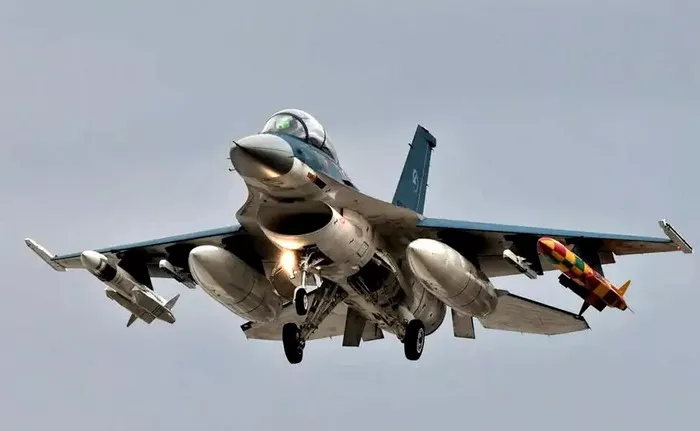Japan is set to begin deploying its first supersonic anti-ship missiles, the ASM-3A, during the current fiscal year. Designed for use on Mitsubishi F-2 fighter jets, the ASM-3A will replace the older ASM-2 missiles, extending Japan’s maritime strike capabilities with a significantly increased range estimated at 150 to 200 nautical miles.
Measuring approximately six meters in length and weighing just under 1,000 kilograms, the ASM-3A can reach speeds exceeding Mach 3 (about 3,710 km/h). Its low-altitude flight path and supersonic velocity pose serious challenges to ship-based defense systems.
A key innovation in the ASM-3A is its ramjet engine, which differs from traditional solid-fuel rocket engines by drawing oxygen from the atmosphere via distinctive air intakes. This allows the missile to sustain longer engine burn times, increasing both range and speed. To initiate the ramjet, a rocket booster accelerates the missile to about Mach 2 before the ramjet takes over.
Guidance is provided through a combination of satellite navigation and inertial systems, with an active radar seeker activating in the terminal phase for precise target acquisition. Although warhead specifics remain undisclosed, it likely features penetrating and explosive capabilities comparable to other advanced anti-ship missiles.
This deployment marks a significant upgrade for Japan’s air defense and maritime strike forces, enhancing their ability to counter regional naval threats, particularly from the expanding Chinese fleet.
Related topics:

